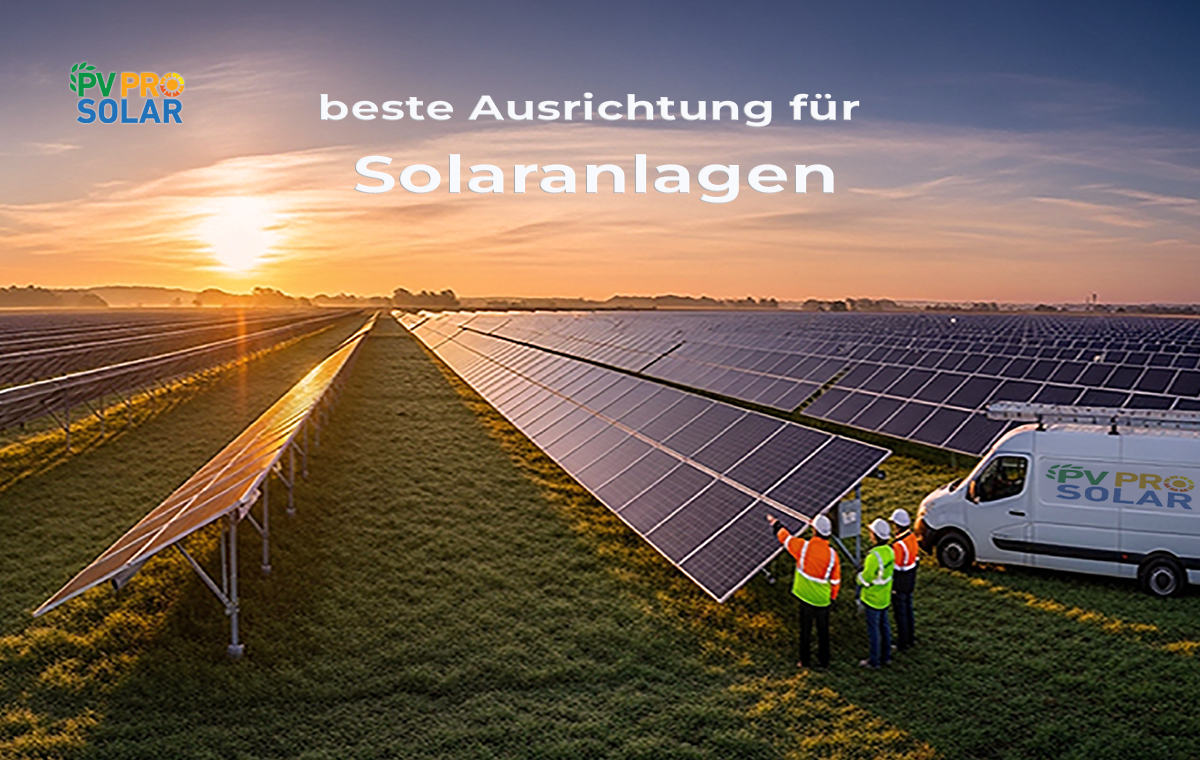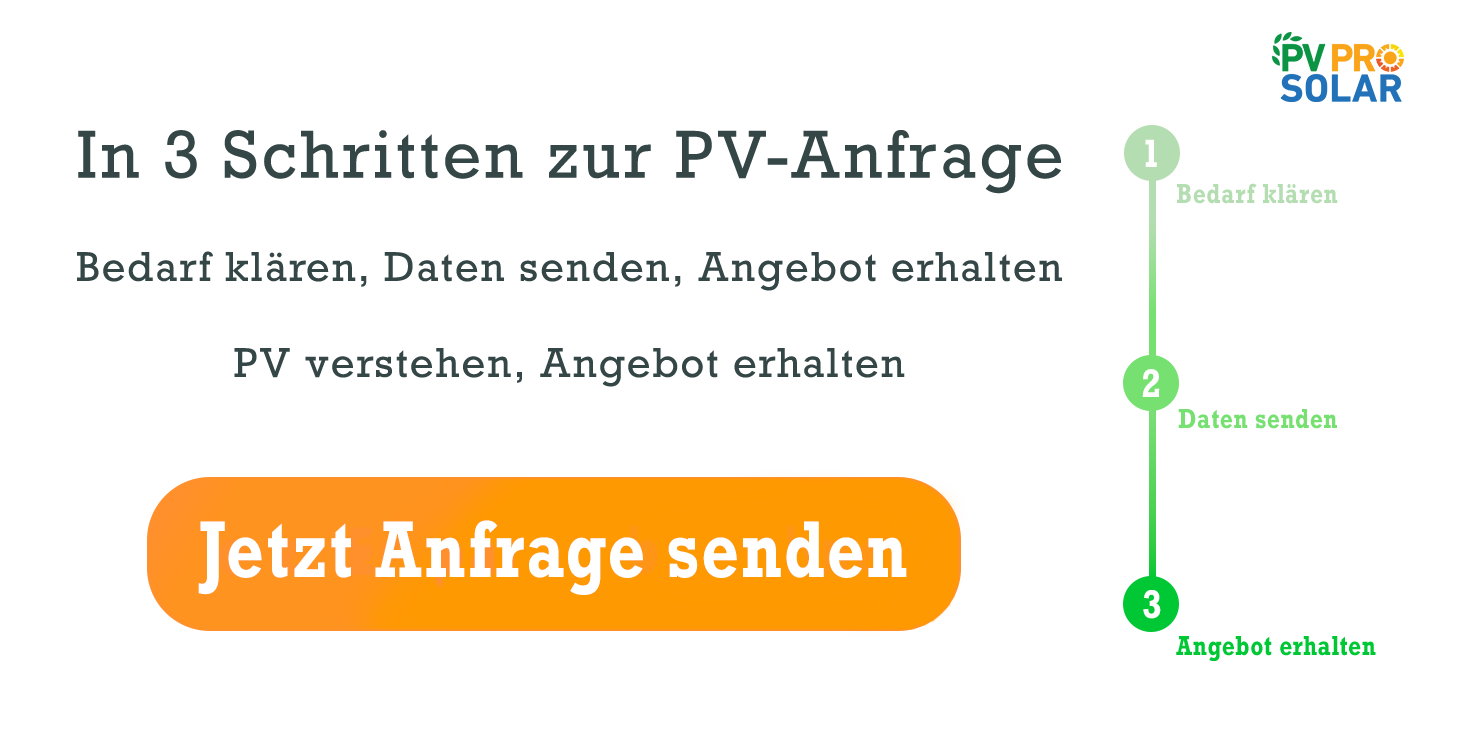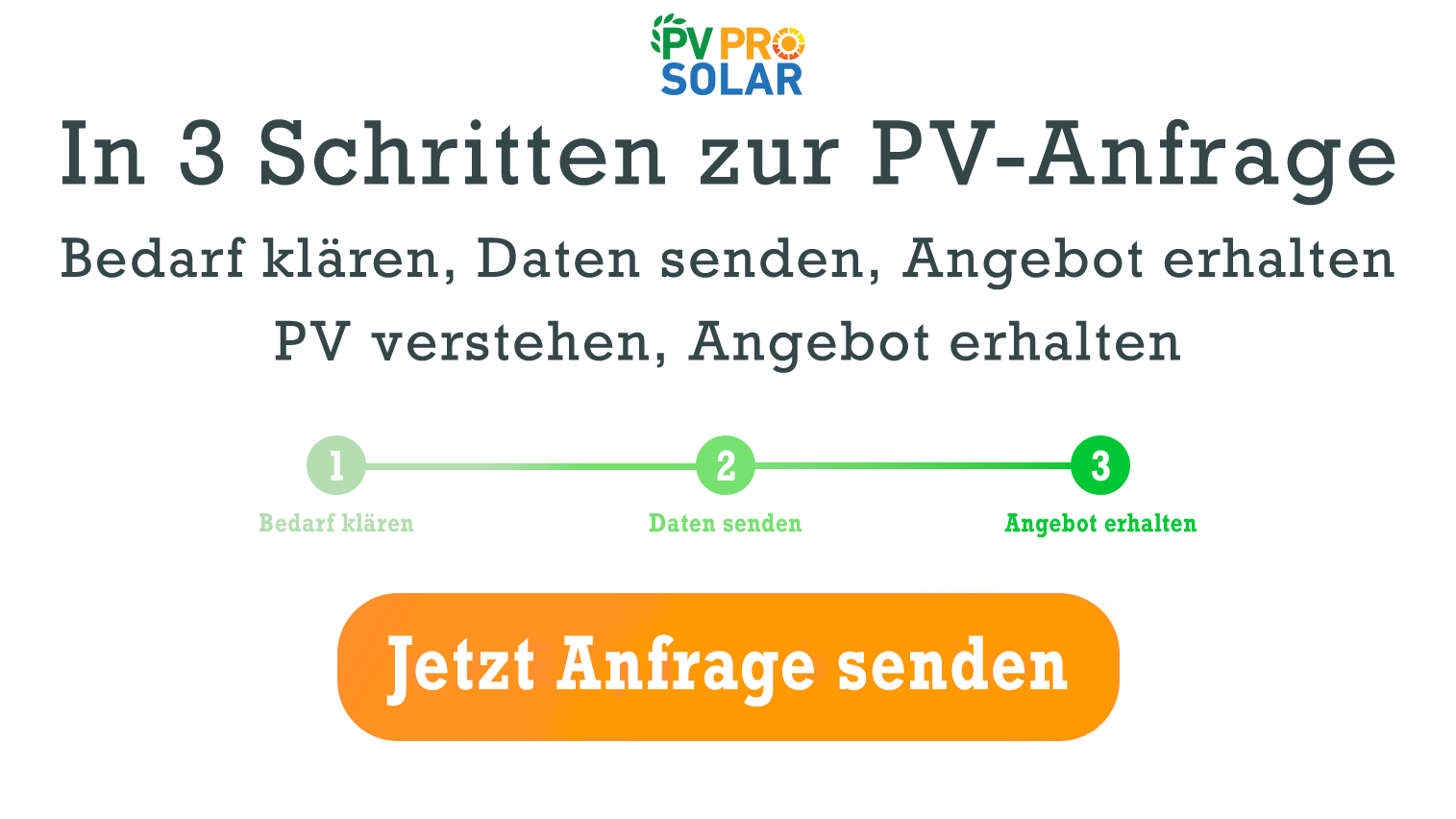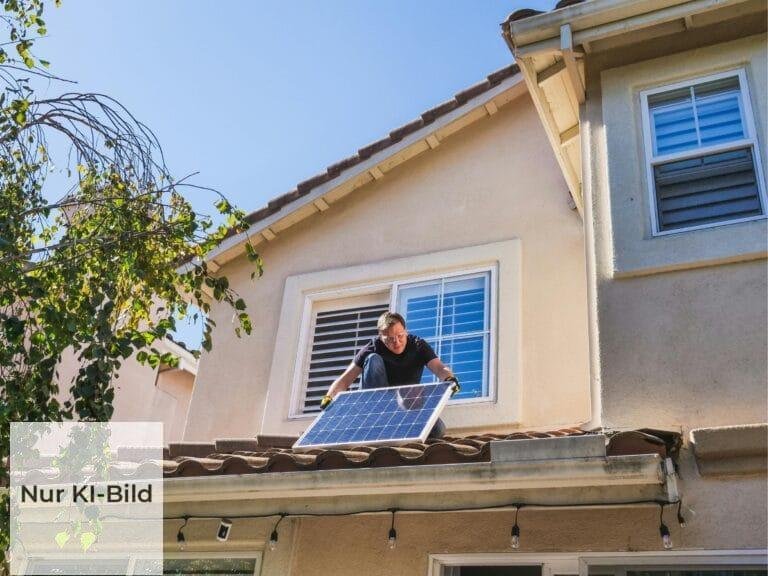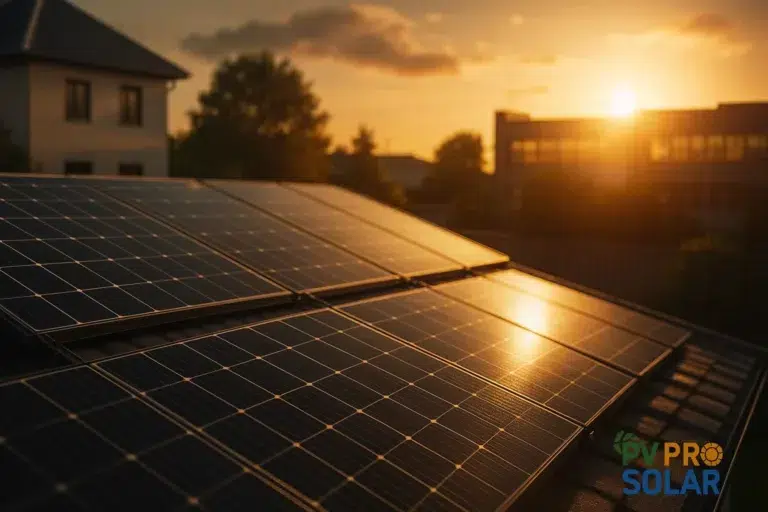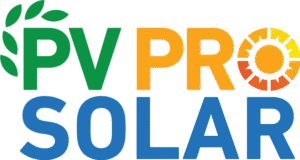Why Is the Best Direction for Solar Panels in Germany So Important?
The orientation of your photovoltaic system has a greater impact on energy output than many people realize. The position of your solar panels determines how much sunlight they can capture throughout the year — and how efficiently that sunlight can be converted into solar power.
Especially in a country like Germany, with its varying latitudes, unpredictable weather, and seasonal fluctuations, careful site-specific planning is essential.
You might be wondering: Is a perfect south-facing roof always the best option? Could an east-west orientation be a viable alternative? Do flat roofs offer specific advantages? This guide provides clear answers to these questions — supported by scientific data, real-world performance comparisons from cities like Hannover, Bremen, and Munich, and practical recommendations for residential homes, businesses, and industrial customers.
Key Factors That Influence the Best Direction for Solar Panels in Germany
1. Geographic Location
Germany spans a range of latitudes, and solar radiation levels differ significantly between northern and southern regions.
Examples:
- Freiburg / Munich: ~1150–1200 kWh/m² per year
- Hamburg: ~1050 kWh/m² per year
A roof in Bavaria, for instance, generally offers the highest energy potential for a PV system.
2. Seasonal Variation
- Summer: The sun is high in the sky — shallow panel angles offer better performance.
- Winter: The sun is lower — steeper angles improve efficiency.
Even small deviations from the optimal tilt can noticeably affect annual output.
3. Shading
Chimneys, trees, and neighboring buildings can significantly reduce solar performance.
- For photovoltaic modules wired in strings: one shaded panel can reduce the efficiency of the entire string.
- Just 10% shading can cause up to 20% performance loss.
4. Roof Type
- Gable Roof (Satteldach): Typically oriented south or east-west.
- Hip Roof (Walmdach): Multiple smaller surfaces facing different directions.
- Flat Roof: Maximum flexibility — panels can be mounted freely at the optimal angle.
5. Consumption Profile
- Private households with peak demand in the morning and evening: East-west orientation is usually advantageous.
- Commercial operations with high midday demand: South-facing panels provide optimal performance.
How Does Roof Tilt Affect Solar Performance?
- Optimal tilt: 30–35° for south-facing panels → maximum annual yield
- Shallow tilt (10–20°): Advantage in summer, but higher risk of dirt accumulation
- Steep tilt (40–50°): Better performance in winter, helps snow slide off
Example – Hannover (10 kWp system, south-facing):
- 30° tilt: ~10,200 kWh/year
- 50° tilt: ~9,700 kWh/year
- Difference: approx. 5%
Which Orientation Provides the Best Solar Yields?
- South-facing: 100% potential yield
- Southeast/Southwest: ~5% lower
- East or West: ~15–20% lower, but production peaks are time-shifted
- North-facing: Rarely viable, only in special cases (e.g. elevated flat roofs)
Real-World Comparison Data:
- Southern Germany (10 kWp):
- South-facing: ~11,200 kWh/year
- East-west: ~9,700 kWh/year
- Northern Germany (10 kWp):
- South-facing: ~9,800 kWh/year
- East-west: ~8,900 kWh/year
What Are the Returns from East-West or Flat Roof Installations?
East-West Systems
- Output: 90–95% of a south-facing system
- Advantage: More consistent power generation throughout the day
Example – Bremen (10 kWp):
- South-facing: ~9,800 kWh/year
- East-west: ~9,100 kWh/year
Flat Roofs
- Offer maximum design flexibility
- Panels can be freely mounted facing south or in an east-west configuration
- Ideal for larger rooftops and space-efficient installations
Key considerations: Wind load, ballast requirements, and waterproofing must be factored in.
How Do Modern Systems Adapt to Different Orientations?
- Power optimizers: Each panel operates independently → better performance under partial shading
- Microinverters: Convert electricity directly at each module → ideal for mixed orientations
- Tracking systems: Solar panels follow the sun → up to 25% more yield, especially for ground-mounted systems
- Battery storage: Stores surplus energy, balances generation and consumption, and improves self-consumption rates
How to Determine the Best Direction for Solar Panels in Germany?
- Digital tools like PVGIS or PV*SOL can simulate and assess energy yields
- On-site analysis by professional installers (including drone surveys) ensures precise planning
- Consulting with PVPro Solar GmbH: We evaluate your location, compare layout options, and assess the economic viability of your PV system.
The best orientation for your solar system depends on a range of factors. While a south-facing setup ensures the highest annual yield, east-west configurations can be especially efficient for homes with high morning and evening electricity usage. Flat roofs offer the most flexibility and are ideal for larger-scale solar systems.
Thanks to modern technology like power optimizers, microinverters, and battery storage, even less-than-ideal orientations can achieve high yields and stable self-consumption.
Careful planning pays off — those who invest time into optimizing their system’s direction will achieve long-term energy savings and strong returns.
A tilt angle between 30 and 35 degrees is ideal. A deviation of up to 10 degrees only slightly reduces output. More important are optimal orientation and minimal shading.
Yes. It produces more consistent power throughout the day, which increases self-consumption — particularly attractive for households with higher usage in the morning and evening. What is the ideal roof pitch for solar panels in Germany?
Is an east-west orientation worth it despite lower yields?
